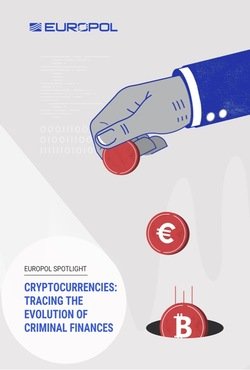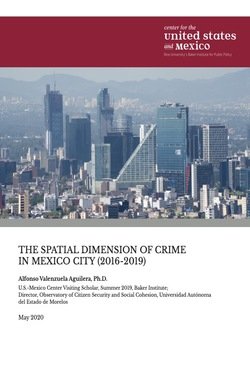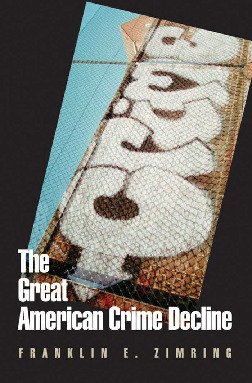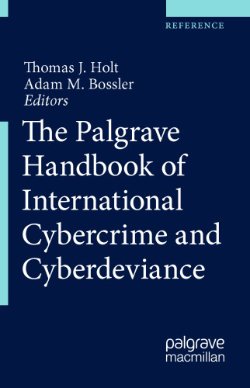By Larrea-Schiavon, Silvana, Lina López-Lalinde, Isabel Vieitez Martínez, Ricardo Regules, Juan Pablo Gutiérrez, René Nevárez, Cristina Mac Gregor, Pablo López, Nicole Haberland, and Thoai Ngô
This report presents findings from the baseline survey of the Violence Outcomes in COVID-19 Era Study (VOCES-19). The study, conducted by Population Council Mexico in collaboration with the National Institute of Youth and the National Center for Gender Equity and Reproductive Health aims to understand the impact of the COVID-19 pandemic and accompanying mitigation measures on the experience and perception of violence among 15–24-year-olds living in Mexico, as well as its effects on other social, economic, and health, related outcomes. The primary objectives for this first survey round were to gather baseline information on several outcomes of interest, assess differential effects by gender, ethnicity, and socioeconomic status, and establish a cohort of adolescents and young adults to measure the impact of the pandemic on young people in Mexico over time.
Mexico: Population Council, 2021. 153p.





















